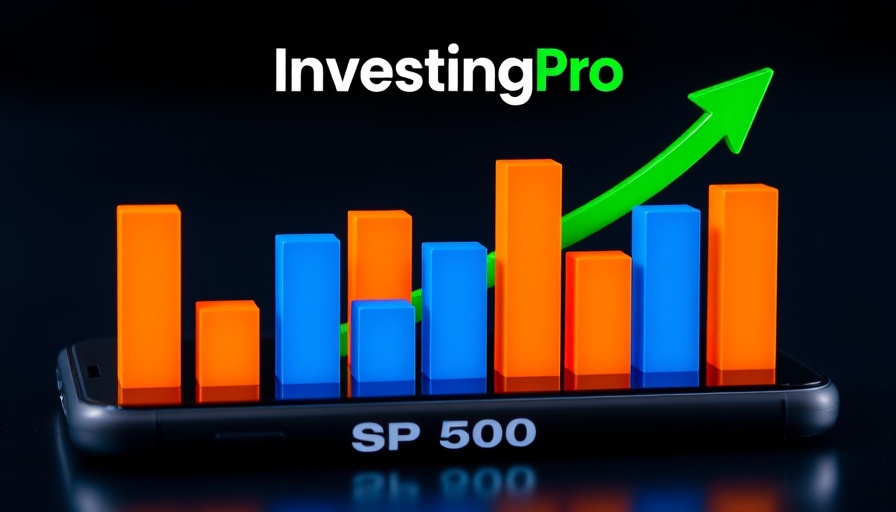
Samsung's Q1 Profit Surprises Analysts: A Deep Dive
Samsung Electronics (KS:005930) has reported an anticipated first quarter profit that exceeded market expectations, shedding light on the resilience of the tech giant amidst a volatile economic landscape. The company's forecasted operating profit of approximately 6.6 trillion won (equivalent to about $4.5 billion) far surpasses analysts’ estimates from Reuters of 5.2 trillion won. While this figure reflects a slight decrease of 0.2% compared to last year, it marks a notable recovery in the smartphone and semiconductor sectors.
Smartphone Sales and Semiconductor Demand on the Rise
The driving force behind Samsung's profit rise is attributed to a rebound in smartphone sales combined with an upswing in semiconductor demand. Recent market shifts have seen mobile device purchases increase, bolstered by various promotional campaigns and the introduction of innovative features. This resurgence follows a period of declining smartphone sales, which had prompted many analysts to re-evaluate growth projections.
Moreover, Samsung benefits from its standing as the world’s leading memory chip manufacturer. The ongoing recovery in the semiconductor market is also aided by recent supply chain adjustments and increased demand for memory chips essential for a range of digital products, including cloud computing and artificial intelligence.
Impact of Trade Relations on Semiconductor Sales
Adding another layer to the narrative is the impact of U.S. trade policies on Samsung's sales. In recent months, significant tariffs have been threatened on several South Korean exports, particularly semiconductors. These fears have not deterred sales; in fact, they may have expedited purchasing decisions among buyers looking to secure supplies before potential price hikes. Analysts suggest this dynamic points to a more significant trend where strategic positioning in supply chains becomes crucial for tech companies navigating global politics.
Future Predictions for Samsung and the Tech Market
As Samsung charts its course forward, the company is likely to capitalize on these positive trends. Market analysts project that with ongoing innovations in technology and sustained demand for consumer electronics, Samsung may continue to see growth. The adaptation to new market dynamics, including the rise of 5G technology and increased focus on artificial intelligence, paints a promising picture for its future.
However, uncertainties remain, particularly concerning geopolitical tensions and their potential impact on global supply chains and trade policies. Investors and analysts are advised to keep a close watch on these developments as they could significantly affect market conditions.
Investment Strategies in the Tech Sector
Given Samsung's strong quarter, investors may consider reevaluating their strategies within the technology sector. Investing in established brands known for innovation, like Samsung, may yield favorable returns, particularly in sectors witnessing technological evolution, such as AI and 5G. Additionally, funds focusing on tech holdings, including ETFs or mutual funds, should also be assessed for those looking to diversify their portfolios.
The performance of tech stocks extends beyond Samsung; industries involved in providing ancillary services—such as cybersecurity and infrastructure—may similarly benefit from these growing technological trends. As investors analyze trends related to inflation protection investments and risk management in investing, consider the benefits of portfolio diversification which includes tech stocks.
Final Thoughts on Samsung's Market Performance
The impressive forecast for Samsung underscores a significant moment not only for the company but for the tech sector at large. As the demand for smartphones and semiconductors continues to recover, companies that can innovate responsibly and adapt to changing market conditions will potentially lead the way.
For anyone looking to invest, now may be the time to explore opportunities within tech stocks and consider the long-term implications of current economic trends on future investments.
 Add Row
Add Row  Add
Add 



Write A Comment